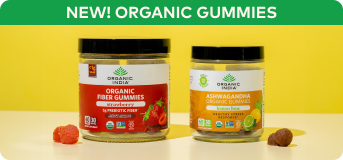

Section

Back
Psyllium vs Chia vs Flax: Which Fiber is Best for You?
10/07/2025 | Written by Kate Tant
Live Vibrantly
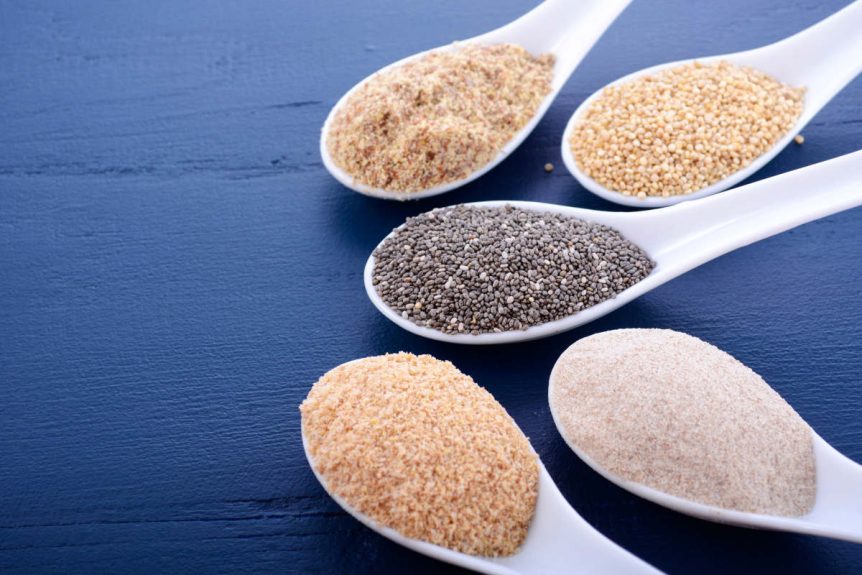
The best fiber source for you depends on your health goals, but natural fiber is preferred. When it comes to natural sources of fiber, few are as well-known as the three we’ll compare in this article: psyllium vs chia vs flax. You may have heard of adding these types of fiber to smoothies, taking them as supplements, or baking them into recipes, but you wonder which fiber is best. The answer requires a little exploration. You see, each of these plant-based fibers offers unique qualities that go beyond digestion, from their traditional roots to their modern-day uses in kitchens and wellness regimens.
Psyllium husk, long used in Ayurveda, is valued for its gentle support of gastrointestinal function and its neutral taste. Chia seeds, treasured since the days of the Aztecs and Mayans, form a gel-like texture that works beautifully in puddings and drinks. Flaxseeds, rich in lignans and omega-3s, bring a nutty flavor and a long history of use across the Mediterranean and Europe. And while these three natural options are often compared, another common question is how they stack up against dextrin, a starchy processed fiber supplement.
In this guide, we’ll break down the similarities and differences between psyllium, chia, and flax. We’ll explore the tastes, uses, benefits, and origins, and how each supports the body’s digestion and fiber needs. We’ll also look at when you might combine them, and whether psyllium might be a more natural choice compared to dextrin. By the end, you’ll have a clear picture of which fiber source best suits your lifestyle goals.
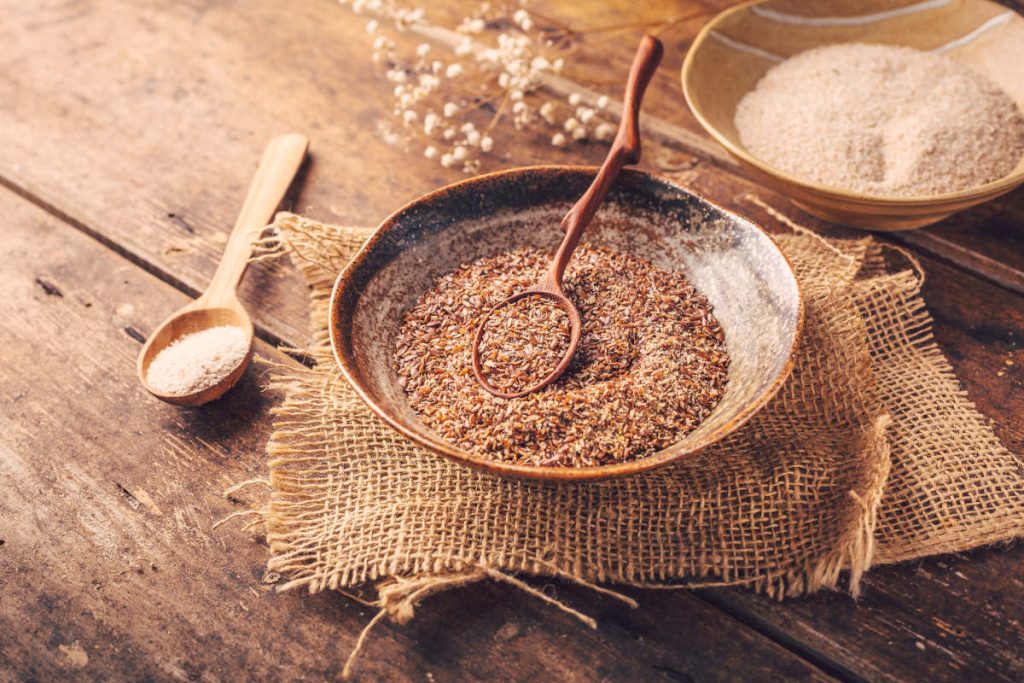
Contents
- What Is Psyllium?
- What Is Chia?
- What Is Flax?
- Can You Take Psyllium and Chia Together?
- Psyllium vs Chia vs Flax: Key Differences
- Psyllium vs Chia vs Flax for Digestion
- Psyllium vs Chai vs Flax for Fiber
- Psyllium vs Flax for Vegans
- Psyllium vs Dextrin
- What’s the Best?
What Is Psyllium?
Psyllium comes from the seeds of the Plantago ovata, a small shrub that grows primarily in the Mediterranean region and parts of Asia, including India. The husk of the seed is harvested and ground into a fine powder or sold as whole husks. Unlike seeds such as chia or flax, psyllium is almost entirely fiber, with very little fat or protein. Its most notable quality is its ability to absorb water and form a gel-like substance, which adds bulk and softness to the stool.
For over 5000 years, psyllium has been used in ancient Indian herbalism to support natural elimination and overall digestive balance. Today, it’s often found in fiber supplements, smoothies, and baked goods, thanks to its neutral taste and strong binding properties. Because it doesn’t have a noticeable flavor, it blends well with other foods and drinks. Psyllium is gluten-free and a natural prebiotic, making it one of the most versatile fiber sources.
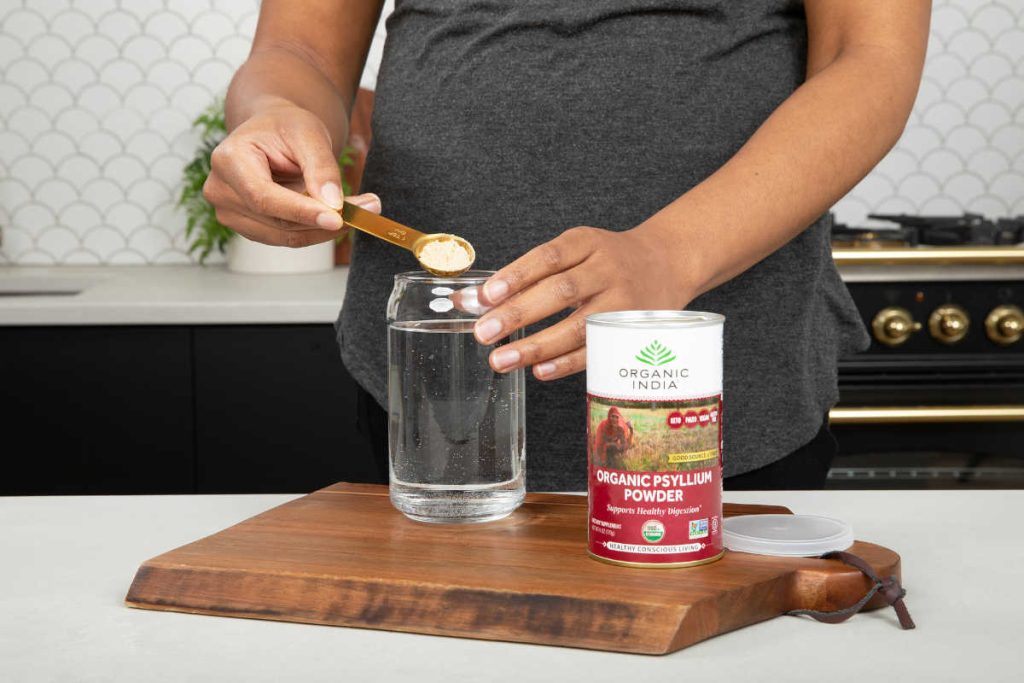
What Is Chia?
Chia is a tiny edible seed from the plant Salvia hispanica, a member of the mint family native to Mexico and Guatemala. These tiny black and white seeds were a staple food of ancient Mesoamerican cultures like the Aztecs and Mayans. Chia seeds were valued for the way they could provide sustained energy and nourishment. Today, they are considered a “superfood” due to their rich nutritional profile that includes fiber, omega-3 fatty acids, protein, vitamins, and minerals.
Chia’s unique property is its ability to form a thick gel when soaked in liquid, thanks to its soluble fiber content. Soluble fiber is fiber that dissolves in water, forming a gel-like substance. This thick gel acts as a binder, making it a popular egg substitute in vegan baking. Chia seeds are also excellent for making pudding because they absorb liquid and expand like a tapioca gel, creating a thick, creamy texture. Smoothies are another great place to add chia seeds for added fiber, protein, and omega-3s.
With their mild, nutty flavor and versatility, chia seeds are considered both a nutrient-dense food and a functional ingredient that supports balance and satiety.
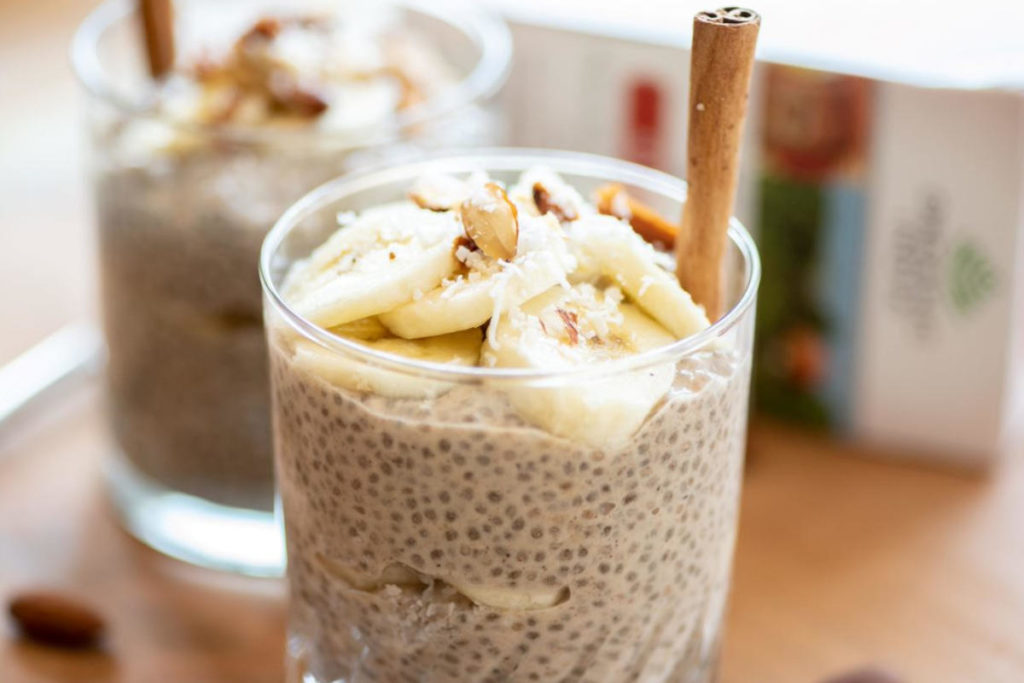
What Is Flax?
Flaxseeds, also known as linseeds, come from the plant Linum usitatissimum, and are one of the world’s oldest cultivated crops. Originating in the Mediterranean and Middle East, flax has been used for tens of thousands of years both as a food and as a source of textile fiber to make linen. Wild flax fibers that were spun, dyed, and knotted, dating back 30,000 years, were found in the present-day Republic of Georgia. In ancient Egypt, Egyptian priests wore linen robes, and mummies were wrapped in linen.
Nutritionally, flaxseeds are rich in both soluble and insoluble fiber, plant-based omega-3 fatty acids, and compounds called lignans. Lignans are a type of polyphenol that is also an antioxidant. Like chia, flax can be mixed with water to create a gel-like substance, making it another contender as an egg substitute in vegan baking. Flax has a more pronounced flavor profile than chia. It is nutty, earthy, and slightly stronger, adding flavor to breads, cereals, and smoothies.
Because flaxseeds are hard to digest whole, they are often ground before eating. Ground flax allows the body to better absorb its nutrients while still delivering its fiber benefits. Flax seeds are rich in thiamine, magnesium, and several B vitamins. With its long history and modern versatility, flax bridges the gap between traditional wisdom and contemporary wellness.
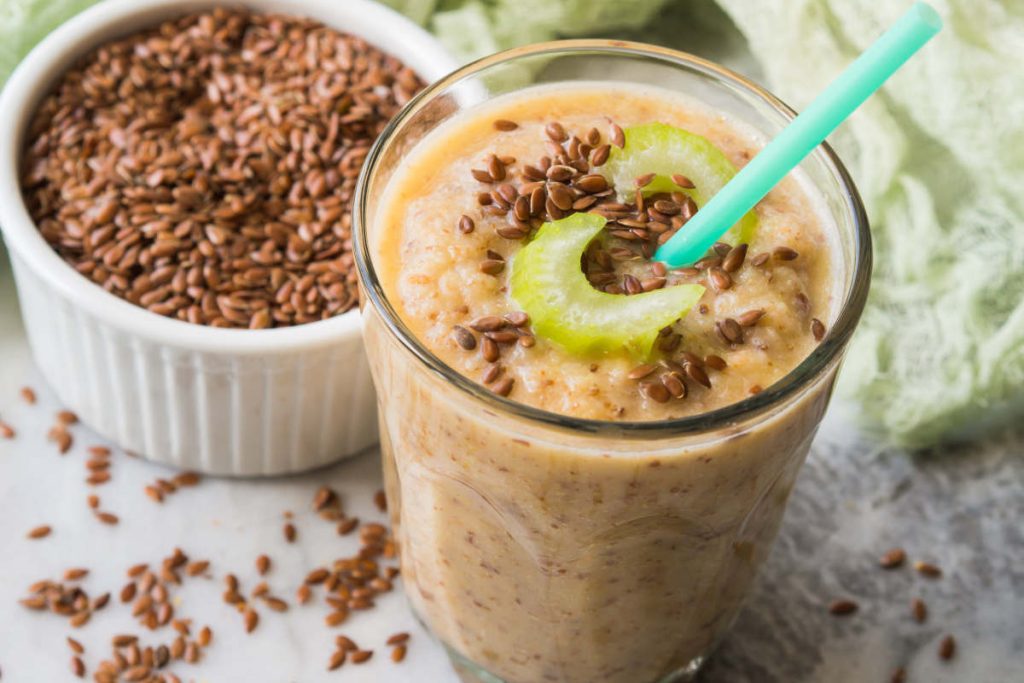
Can You Take Psyllium and Chia Seeds Together?
Yes, psyllium and chia seeds can be taken together, and many people choose to do so for a more balanced fiber blend. Psyllium husk is almost entirely soluble fiber, which absorbs water and creates a soft, gel-like substance. Chia seeds contain both soluble and insoluble fiber. Insoluble fiber does not break down in water and remains solid. Together, they complement each other: psyllium provides volume, which supports digestive function, while chia brings additional nutrients like omega-3s, minerals, and protein.
If you decide to combine psyllium and chia, take caution to hydrate well. Both psyllium and chia absorb significant amounts of water, so it’s important to drink plenty of fluids to support their natural effects. Adding them gradually to your routine can help your body adjust comfortably. Start small, just a half serving of each as suggested by the label, and increase gradually over time.
Also, talk to your healthcare professional before adding these natural fibers to your diet, as they may interact with certain medications.
What About Adding Flax?
Flax can also be combined with psyllium and chia for a diverse fiber trio. Like chia, flax contains soluble and insoluble fiber, as well as beneficial fats and lignans. The nutty flavor of flax adds depth to smoothies, baked goods, or breakfast bowls, while psyllium and chia work more subtly in the background.
As with psyllium and chia, be sure to drink plenty of water and increase your intake slowly. This way, the blend can support satiety, digestion, and add variety to your meals without discomfort.
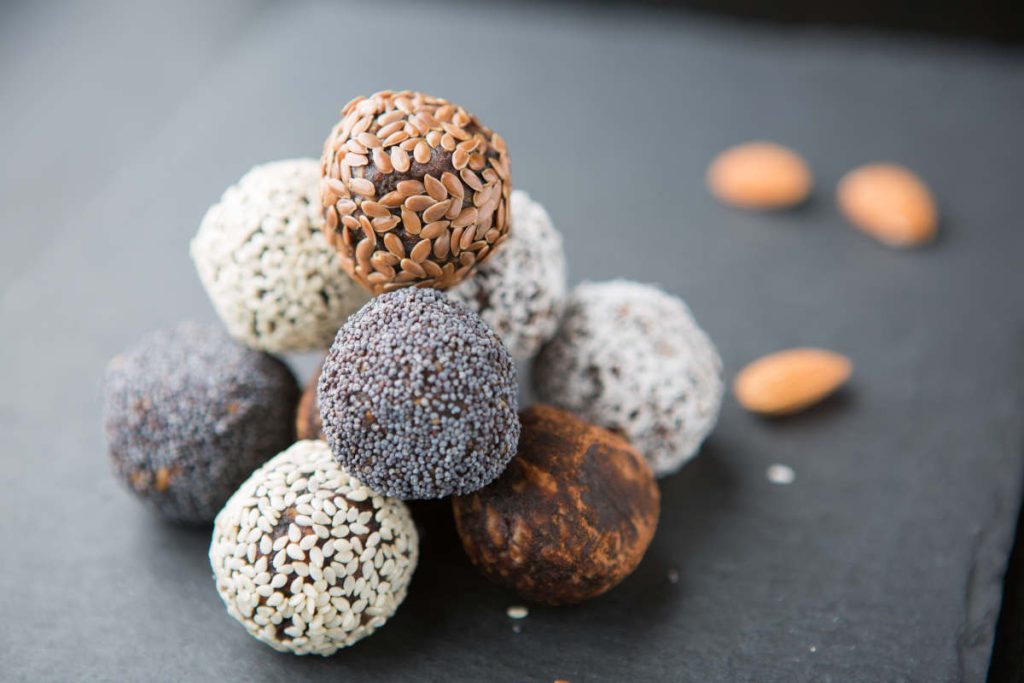
Psyllium vs Chia vs Flax: Key Differences
When it comes to choosing between psyllium, chia, and flax, the differences often come down to taste, uses, nutrient profile, and tradition. Here’s how they compare:
Taste
- Psyllium: Virtually flavorless, making it easy to blend into drinks and recipes without changing the taste.
- Chia: Mild and nutty, with subtle crunch when dry and a smooth, gel-like texture when soaked.
- Flax: Earthy and robust, with a stronger nutty flavor that adds character to baked goods and cereal.
Uses
- Psyllium: Commonly used in fiber supplements, smoothies, and gluten-free baking for its binding properties.
- Chia: Ideal for puddings, smoothies, energy bars, and as a vegan egg substitute.
- Flax: Popular in breads, muffins, and cereals. It can be used as an egg replacement when ground and mixed with water.
Benefits
- Psyllium: Rich in soluble fiber; supports regularity and feeling of lightness.
- Chia: Provides both soluble and insoluble fiber, along with omega-3 fatty acids, protein, and minerals.
- Flax: Offers a balance of fibers, omega-3s, and lignans, for a nutrient-dense supplement.
Traditional Use
- Psyllium: Used in Ayurveda for centuries to support natural elimination and digestive comfort.
- Chia: Consumed by Aztecs and Mayans as a source of endurance and sustained energy.
- Flax: Cultivated since ancient times in the Mediterranean and Middle East, valued for both food and textiles.
Origin
- Psyllium: Native to the Mediterranean, Asia, and India. India produces and exports psyllium worldwide.
- Chia: Native to Central and South America, with Paraguay leading the production in global supply.
- Flax: Originated in the Mediterranean region and has spread globally. France currently produces up to 75% of the world’s supply of flax.
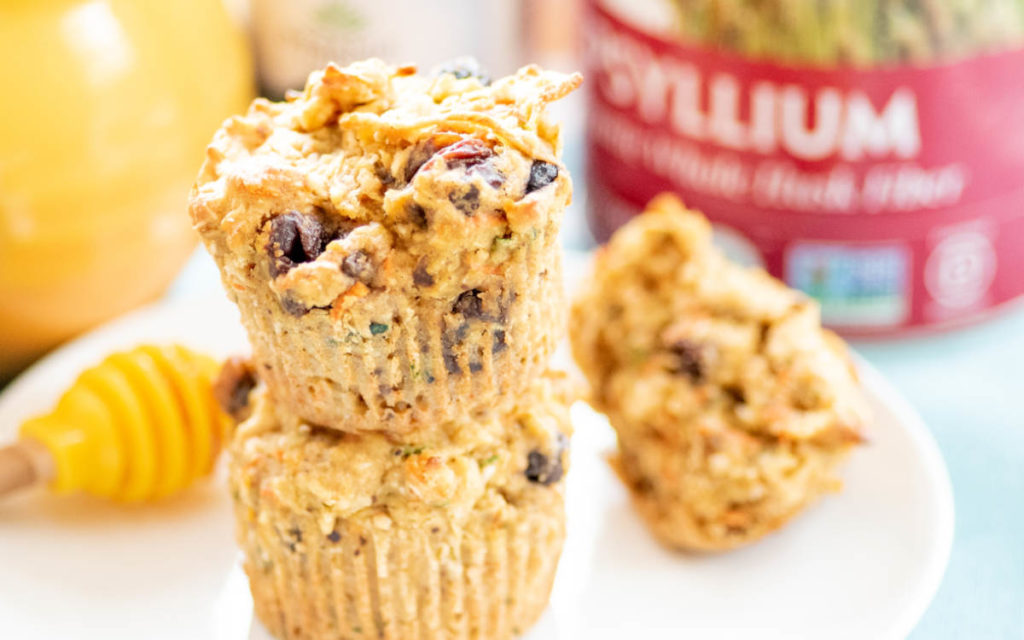
Psyllium vs Chia vs Flax for Digestion
All three fibers support natural digestive balance, but in slightly different ways. Psyllium is best known for its bulking action, which softens and moves waste gently through the system. It is also a natural prebiotic, promoting the growth of beneficial microorganisms and supporting gut health.
Chia and flax form gels that help keep things moving while also nourishing the gut with both soluble and insoluble fiber. Together, they offer a well-rounded approach to digestive wellness.
Psyllium vs Chai vs Flax for Fiber
Psyllium is almost pure soluble fiber, making it one of the most concentrated sources available. Chia provides a balance of soluble and insoluble fiber, plus protein and healthy fats. Flax also offers both types of fiber, with added benefits from lignans and omega-3s. The best choice depends on whether you want maximum fiber (psyllium) or a broader nutrient profile (chia and flax).
Psyllium vs Flax for Vegans
Both psyllium and flax can act as binders in vegan baking. Psyllium husk is excellent for giving structure to gluten-free breads, while ground flaxseed mixed with water creates a gel often used as an “egg replacement.” Psyllium offers a neutral flavor, while flax brings an earthy, nutty note to recipes. Many bakers opt to use both for ideal texture and lift.
Psyllium vs Dextrin
What is dextrin? Dextrin is a processed fiber supplement, often derived from corn or wheat starch. While it does provide soluble fiber, it lacks the nutrient density of plant-based options like psyllium, chia, and flax. Psyllium in particular is a natural, minimally processed fiber source that has been trusted in Ayurveda for centuries. It’s the preferred choice for those seeking a whole-plant approach to wellness.
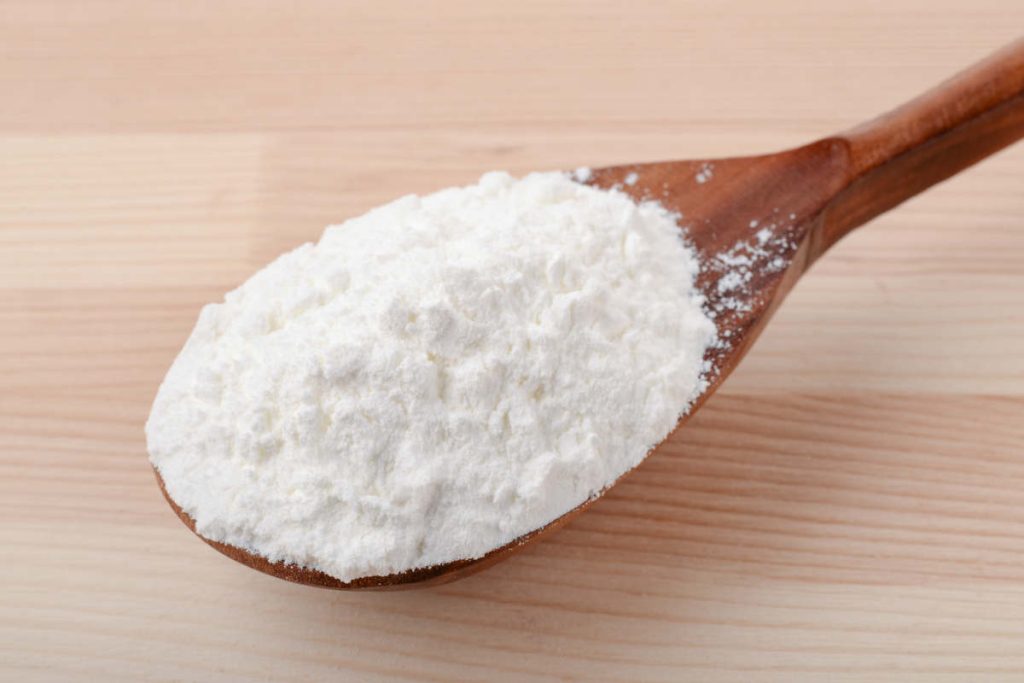
Choosing the Best Fiber: Psyllium, Chia, or Flax?
When it comes to psyllium vs chia vs flax, there isn’t a single “best” option. It really depends on your needs and preferences. Psyllium shines as a concentrated source of soluble fiber, chia offers a versatile balance of nutrients and gel-forming fiber, and flax brings earthy flavor along with omega-3s and lignans. Each has a rich history, from Ayurveda to ancient traditions, and each can easily be added to modern meals.
Whether you use them individually or in combination, these natural plant fibers provide simple, time-tested ways to support digestive health, balance, satiety, and overall wellness. By choosing the one that fits your lifestyle, or blending them together in a synergistic regimen, you can enjoy the benefits of fiber in a way that feels both nourishing and sustainable.
Visit the ORGANIC INDIA blog to find your new favorite healthy recipe featuring psyllium, chia, and flax.
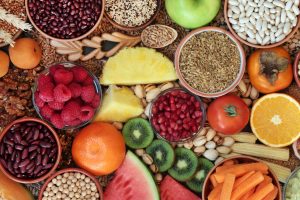
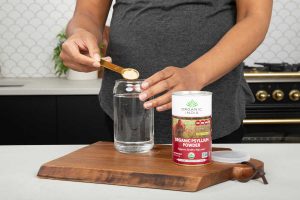


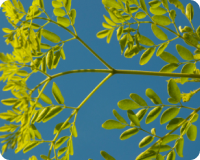

 Kate Tant is a professional health and wellness writer with a strong passion for holistic wellness. Her writing covers topics from Ayurvedic herbs and practices to nontoxic living and intermittent fasting. She is dedicated to helping and encouraging individuals seeking natural solutions to their health. Learn more about Kate at
Kate Tant is a professional health and wellness writer with a strong passion for holistic wellness. Her writing covers topics from Ayurvedic herbs and practices to nontoxic living and intermittent fasting. She is dedicated to helping and encouraging individuals seeking natural solutions to their health. Learn more about Kate at